We have had a beautiful summer here at Cedar Bluffs. We have had many good rainfalls with no flooding, and some heat, without it being unbearable—at least in the early morning. This photo of the acorn is so perfect on so many levels. I spotted it wet, sitting on a bench among etched graffiti, looking at me, like an all-seeing eye. The seed of an oak tree, this acorn also looks like a human breast. Altogether, to me, it looks like life. No, it is life.
Berries are life too. Every morning, I eat a few berries and marvel at them. I wonder about the physiological and environmental processes that cause the berries to ripen on a branch sequentially and not at the same time. I also wonder how the pattern of ripening influences and lengthens the time for which birds and other creatures may eat them, and if the pattern enhances the potential for seeding of new generations of plants.
I could probably Google the answer, or ask a biologist friend, but right now I am perfectly happy just pondering the issue.
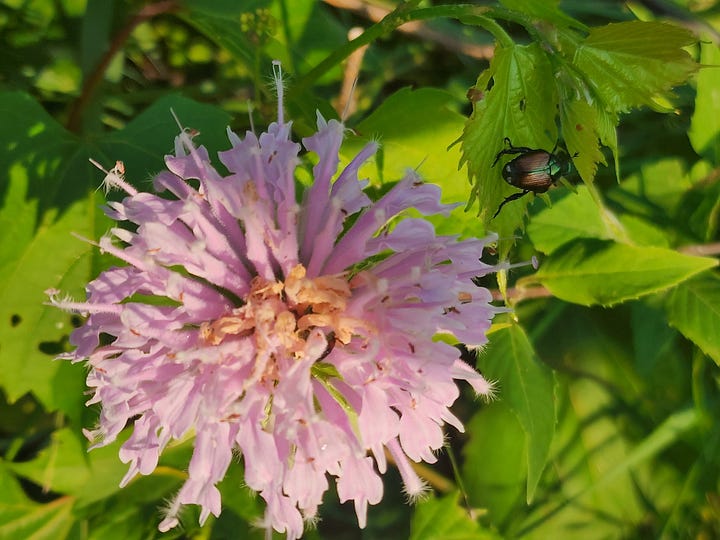
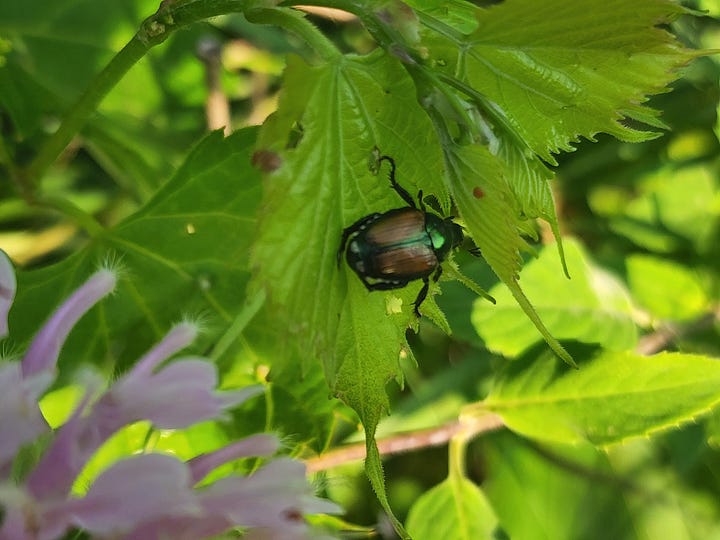
I spotted this insect by the flower and then took a closeup.
I presume the above is a centipede, but really don’t know. It’s very interesting.
My friend Larry Stone who writes the wonderful Listening to the Land suggested that I take an ultraviolet light with me when I walk in the dark in the middle of the night, so I did.
That same night Violet the Dog and I encountered a skunk Mephitis mephitis! If you watch the video, you will see that the skunk wasn’t afraid of us. Violet the Dog didn’t want anything to do with the skunk, and hid behind me. She’s smart like that.
Only two days later we spotted this skunk in the same area. I’m unsure if this is the same one, but since the range of an individual skunk is from .5 to 2 miles, it could be.
The striped skunk (Mephitis mephitis) is a skunk of the genus Mephitis that occurs across much of North America, including southern Canada, the United States, and northern Mexico. It is currently listed as least concern by the IUCN on account of its wide range and ability to adapt to human-modified environments.
Striped skunks are polygamous omnivores with few natural predators, save for birds of prey. Like all skunks, they possess highly developed musk-filled scent glands to ward off predators. They have a long history of association with humans, having been trapped and captively bred for their fur and kept as pets. The striped skunk is one of the most recognizable of North America's animals and is a popular figure in cartoons and children's books.
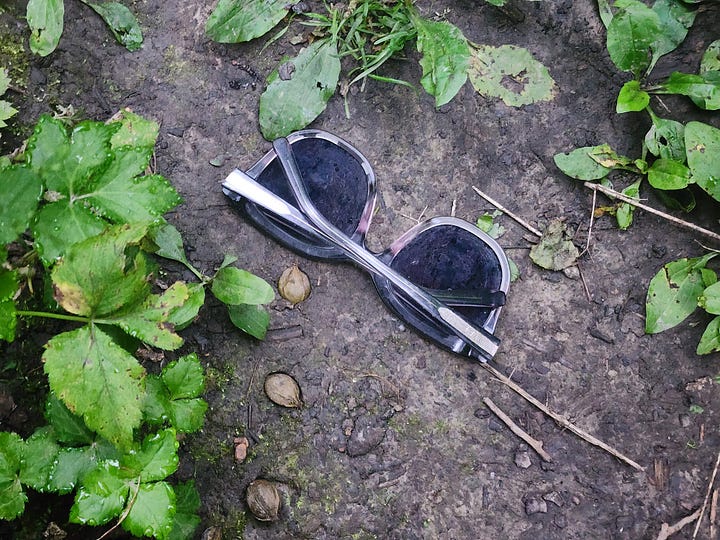
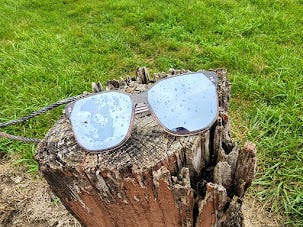
I found these glasses one day on the trail down by the creek. I’ve written before about “curation behavior” where people put artifacts or natural objects in places where others will discover them. Sometimes curated items remain in place for weeks. I placed them on a post by the entrance, and they were gone the next day. Perhaps they made it home to their original owner, or someone new will use them. Artifacts often have fascinating life histories, but we seldom know them.
These are two of the largest mushrooms I’ve seen. Notice the size of the lip balm lower right.
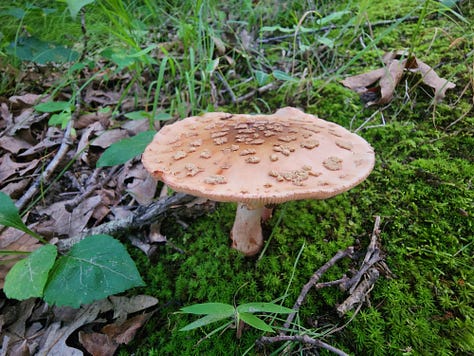
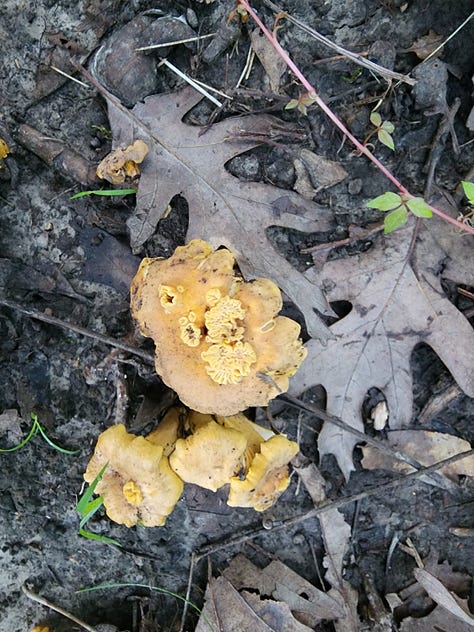
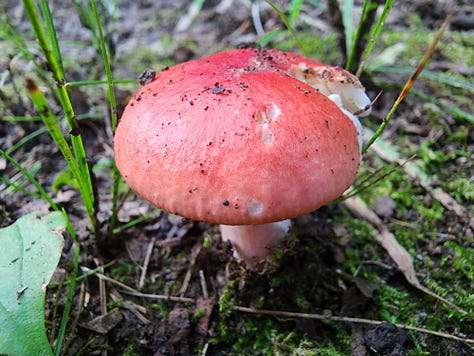
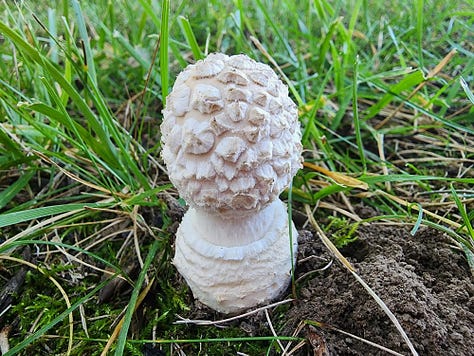
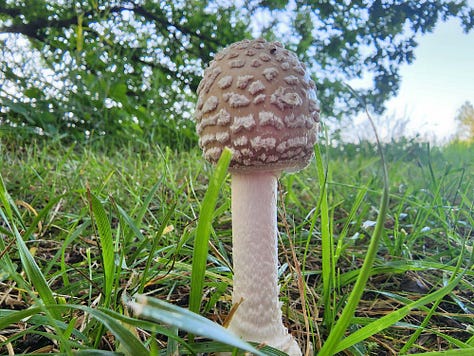
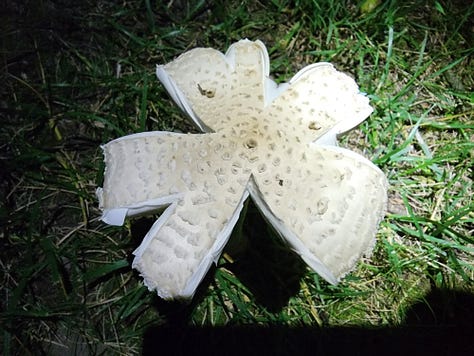
And some more fungi! I’ll be gone this week for a trip to Seattle for a family wedding. I have some more Cedar Bluffs photos and observations to share, but I just might share some of the flora and fauna I see in Seattle, if I have time. I have a special love for the city—I went to grad school in anthropology at the University of Washington. However, the last time I saw Seattle was in 1986 when I defended my Ph.D. dissertation. Time flies when you are having fun!
Here are three of my favorite nature Substacks: My friend Larry Stone’s “Listening to the Land,” Diane Porter’s My Gaia, and Al Batt’s Al’s Substack. Please consider subscribing. All three will entertain, educate, and soothe your soul.
I’m a member of the Iowa Writers Collaborative. Please sample the talents of my fellow collaborative members. If you can afford to be a paid subscriber, that would be great. If not, the vast majority of content is free.
This column will always be free, but if you can’t afford a subscription and would like to “buy me” a cup of coffee or lunch, my Venmo account is @Robert-Leonard-238. Thanks!

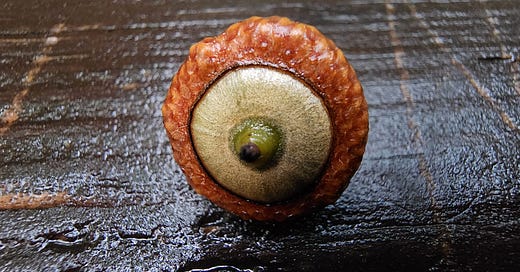



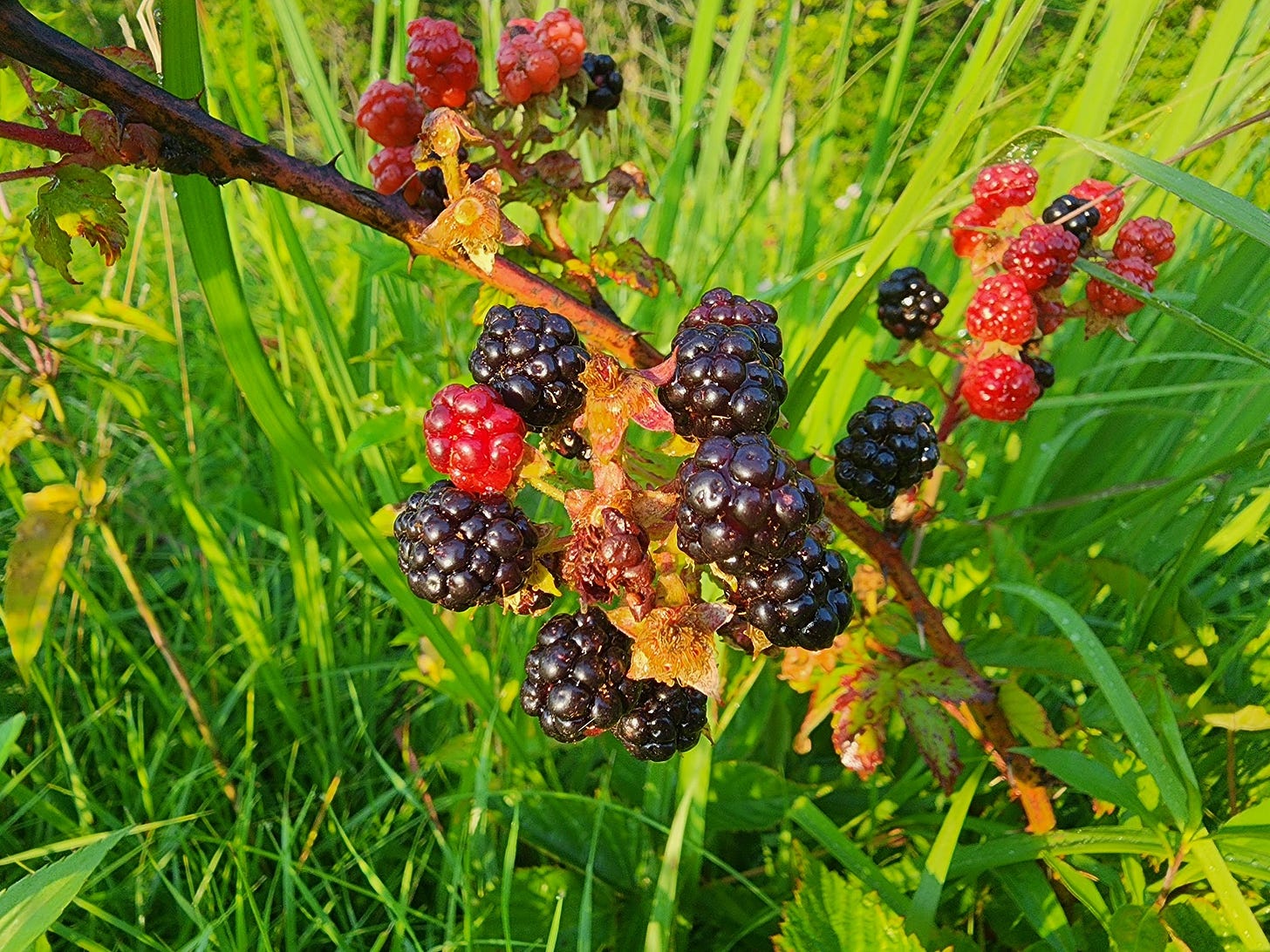
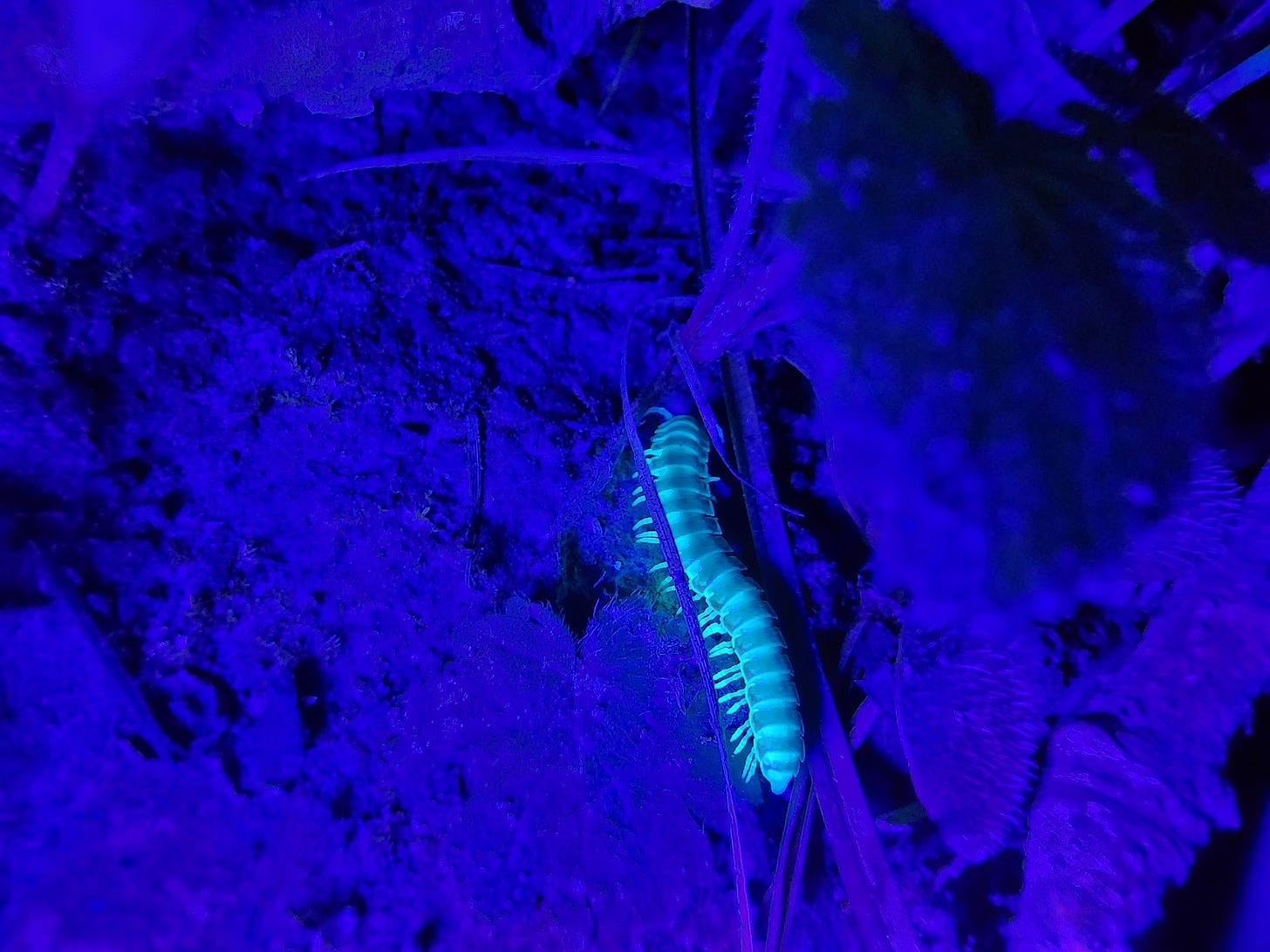

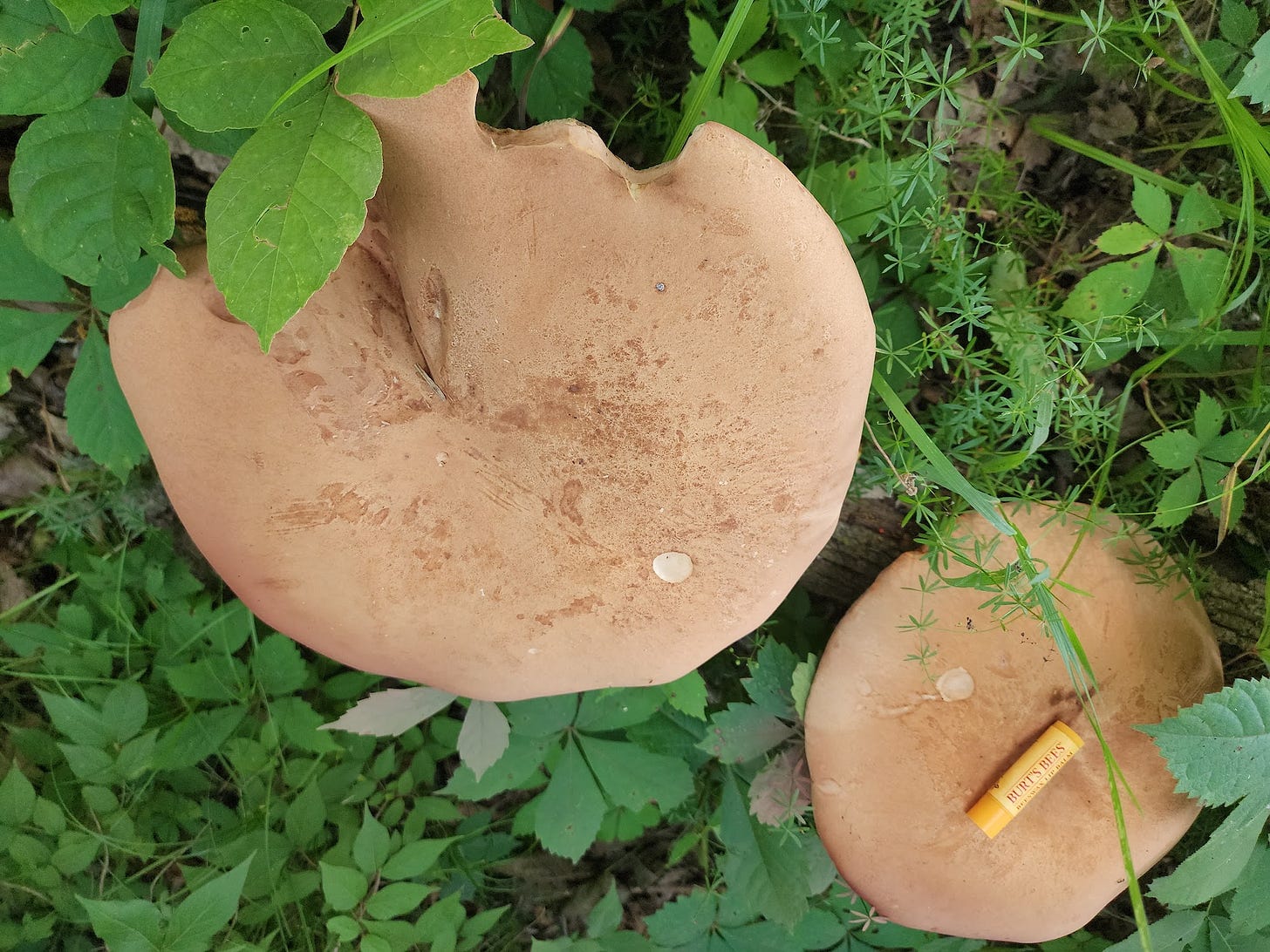
And with an iPhone! Still amazed--keep it up.
So many delightful observations! Neat video of crawly critter, which likely is a millipede. Centipedes have one set of legs per body segment, while millipedes have 2 sets. Fun to watch their graceful movements!